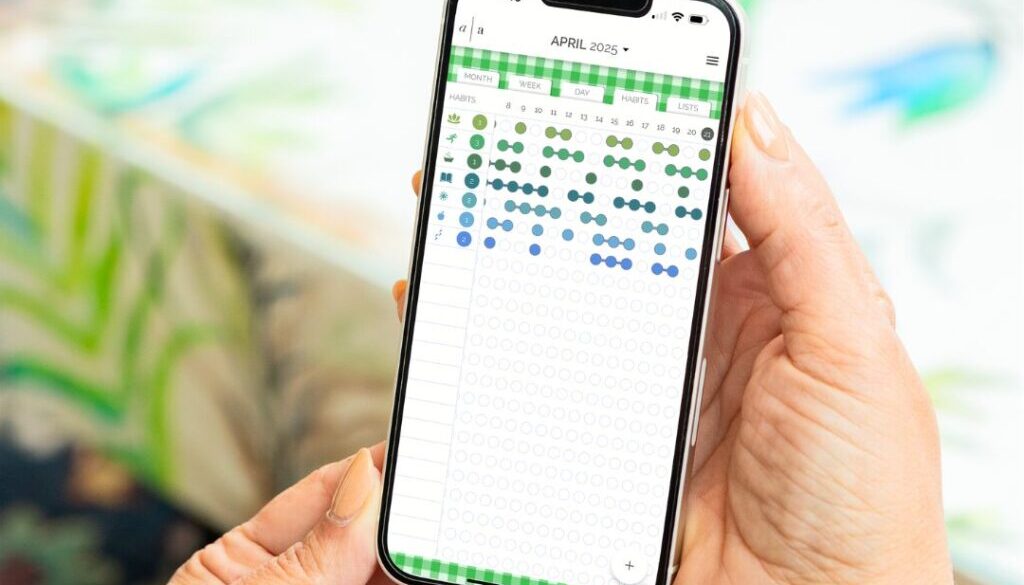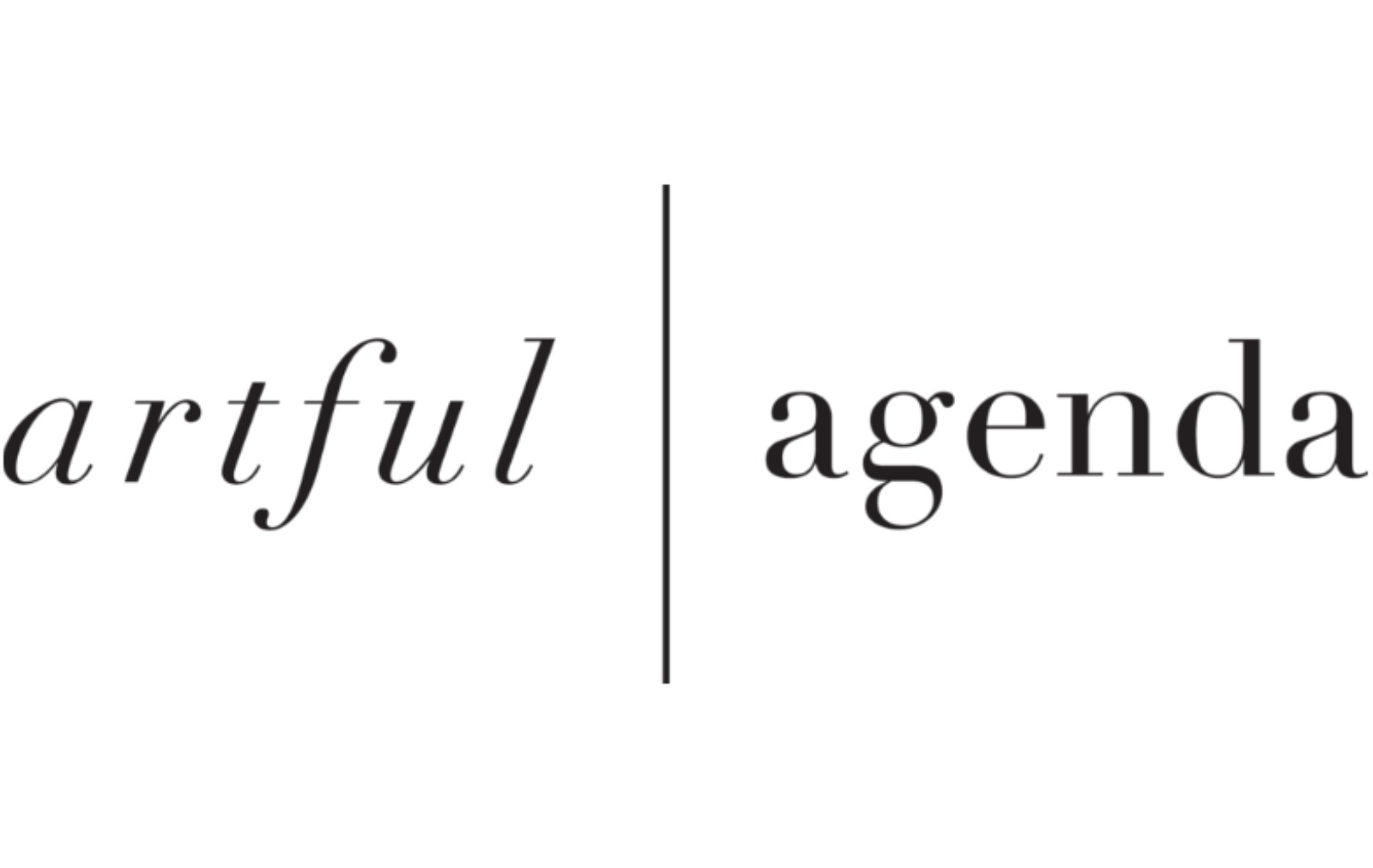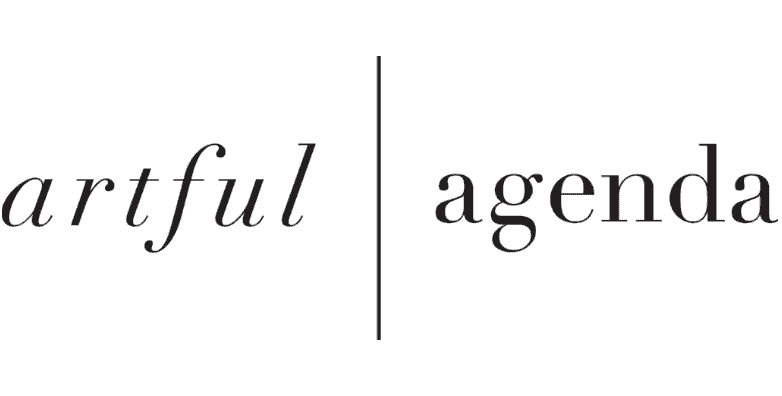
17 Sep Goals vs Objectives: What’s the Difference and Why It Matters

Have you ever felt frustrated when your New Year’s resolutions fizzle out by February? Or wondered why some people seem to effortlessly achieve their dreams while others struggle despite good intentions? The answer often lies in understanding the difference between goals and objectives and knowing how to use both effectively.
Whether you’re a student planning your academic future, a working mom juggling family and career, or someone focused on personal growth, getting clarity around goals and objectives can transform how you approach achievement. Let’s dive in.
Why Goal Setting Drives Success
Goal setting isn’t optional if you want to achieve success.
Research consistently shows that people who set clear targets are significantly more likely to reach them than those who simply “wing it.” Setting goals provides direction and helps prioritize actions, making it essential in both personal and professional contexts. The most accomplished individuals understand that personal goals and professional goals work best when supported by specific, actionable steps.
Think about someone you know who seems to accomplish everything they set out to do. These individuals intentionally set goals before breaking them down into actionable steps. Whether they’re excelling in school, managing a household smoothly, or mastering new skills, they all share one trait: they know how to translate big dreams into daily actions.
When you have clear objectives supporting your broader vision, something powerful happens. You stop feeling overwhelmed and start making real progress. Clarity eliminates decision fatigue, helps you prioritize your time, and gives you concrete milestones to celebrate along the way.
Defining Goals vs. Objectives
Understanding the difference between goals and objectives requires looking at both their unique characteristics and how they work together. The major differences between these concepts aren’t just academic, but practical distinctions that can revolutionize your planning approach.
Objectives differ from goals in that objectives are specific, measurable actions, while goals are broader and more aspirational.
What Are Goals? Your Vision Statement
Goals are broad statements of what you want to achieve—your desired outcomes and ultimate destination. They represent your vision, your “why,” and answer the question: “What do I want to accomplish?” In other words, goals represent the ultimate goal you are striving for.
Overarching goals typically have these characteristics:
- Inspirational and motivational – They connect to your deeper values
- Broad in scope – They cover major life areas or long-term aspirations
- Qualitative in nature – Often described in terms of feelings or states
- Long-term focused – Usually span months or years
- Vision-driven – Paint a picture of your ideal future
Understanding your goal focus helps clarify what type of goal you are setting and how it aligns with your broader vision.
After identifying these characteristics, it’s important to note that different goal focuses, such as outcome-oriented or process-oriented, can influence how you approach achievement.
Examples of broad goals include “get in excellent shape,” “achieve financial security,” or “become fluent in Spanish.” These broad goals represent the desired outcomes you hope to achieve through your efforts. These provide direction and motivation but lack the specificity needed for daily action.
What Are Objectives? Your Action Plan
Objectives are the specific objectives that support your goals—they’re measurable steps that answer “How will I get there?” and “When will I know I’ve succeeded?” Objectives aim to bridge the gap between where you are and where you want to be through concrete measurable actions.
Multiple objectives often support a single goal, each addressing a different aspect of the broader vision.
Measurable objectives share these essential features:
• Specific and detailed – Leave no room for interpretation
• Quantifiable – Include numbers, percentages, or clear metrics
• Time bound – Have definite start and end dates
• Action-oriented – Focus on what you’ll do, not just what you’ll achieve
• Tactical in scope – Break down into manageable tasks
Objectives ensure clarity, focus, and alignment with your overall goals.
Goals vs. Objectives Comparison Table
Here’s how to measure goals versus measure objectives in practice:
| Aspect | Goals | Objectives |
| Scope | Broad, inspirational | Specific, tactical |
| Timeline | Long-term (months/years) | Short to medium-term (days/weeks/months) |
| Measurement | Often qualitative | Always quantitative |
| Purpose | Provide direction and motivation | Enable execution and progress tracking |
| Example | “Build a successful side business” | “Generate $500 monthly revenue selling handmade crafts online within 6 months” |
| Example | “Get better at managing money” | “Save $200 monthly and track all expenses using budgeting app starting next week” |
| Example | “Improve my Spanish” | “Complete intermediate Spanish course and hold 10-minute conversations by December 31st” |
Breaking goals into specific objectives makes it easier to track progress and achieve success.
The key insight? Objectives always include metrics, deadlines, and clear actions, while goals provide the broader motivation and context that keeps you going when things get challenging.
Types of Objectives That Create Results
Understanding different objective types helps you choose the right approach for different situations. Complex projects often require a combination of strategic, tactical, and operational objectives to ensure all aspects are addressed. Not all objectives align with goals in the same way—some focus on long-term positioning, others on immediate execution. Each type serves a specific purpose in your overall planning system.
Strategic Objectives for Life Planning
Strategic objectives connect to your long-term vision and major life priorities. A strategic objective is a long-term, high-level goal aligned with your vision and often derived from your business plan. These span 6 months to several years and often require significant planning and coordination with family or other commitments.
When you set strategic objectives, you’re essentially choosing your path forward. Examples include:
- Complete bachelor’s degree in nursing while working part-time within 4 years
- Build emergency fund of $10,000 while paying off student loans by age 30
- Establish work-from-home career allowing flexible family time within 18 months
- Learn intermediate Spanish through daily practice and monthly conversation partners
Aligning your strategic objectives with your business plan ensures cohesive progress toward your long-term vision.
Strategic objectives require project management skills because they involve multiple phases, dependencies, and regular progress reviews.
Tactical Objectives for Monthly Planning
Tactical objectives translate your strategic intent into monthly or quarterly initiatives. A tactical objective is a specific, measurable, short-term task that directly supports broader strategic goals. These bridge the gap between your big-picture strategy and daily actions. They’re specific enough to fit into your calendar but broad enough to require sustained effort over weeks or months.
Examples include:
- Complete all prerequisites for nursing program by end of spring semester
- Increase freelance income to $800 monthly through client referrals and portfolio updates
- Establish morning routine including 30 minutes of study time before family wakes up
- Plan and prep healthy family meals using meal planning system every Sunday
- Build a sales team to support the launch of our product in the European market
Tactical objectives often consist of short term tasks that drive progress toward larger goals.
Operational Objectives for Daily Efficiency
Operational objectives focus on operational goals that make your daily life run more smoothly. These objectives work to improve team efficiency—in this case, your personal and family “team.” They often involve reducing operating costs (time, money, or energy) through better systems and habits. Operational objectives frequently focus on improving internal systems and workflows to enhance overall performance.
Daily efficiency objectives include:
- Prep healthy lunches every Sunday for the entire week
- Complete homework within 2 hours each evening by eliminating distractions
- Maintain organized living spaces through 15-minute daily tidying sessions
- Use habit tracking to build consistent morning and evening routines
- Implement new internal systems to streamline daily routines or team operations
A process oriented goal emphasizes improving the way work is done—such as refining internal systems and workflows—rather than just focusing on the end result.
Outcome-Oriented vs. Process-Oriented Approaches
The choice between outcome oriented goals and process oriented objectives depends on your situation, timeline, and what you can directly control. Both approaches can lead to success, but they work differently and suit different personalities and circumstances.
Process oriented goals are designed to improve internal workflows, team efficiency, and operational processes, helping organizations foster growth and structure work more effectively.
When Outcome-Oriented Goals Work Best
Outcome oriented approaches focus on the end result—the desired outcome you want to achieve. These work well when you have flexibility in your methods, clear ways to measure success, and the autonomy to adjust your approach as you learn.
Outcome oriented goals are ideal when:
- You have multiple paths to reach your target
- The timeline allows for experimentation and iteration
- You’re motivated by hitting specific numbers or achievements
- You can easily track progress through key performance indicators
Examples for students and families include:
- Achieve a 3.5 GPA this semester
- Lose 20 pounds by summer vacation
- Save $3,000 for family emergency fund by December
When Process-Oriented Objectives Make Sense
Process oriented objectives focus on consistent activities and measurable steps rather than just results. This approach works when building habits, when outcomes depend on factors beyond your control, or when the process itself creates the desired change.
Process oriented objectives work best when:
- Building new habits or breaking old ones
- External factors heavily influence outcomes
- Consistency matters more than speed
- The process itself teaches valuable skills
Example of process-oriented objectives include:
- Study using active recall techniques for 90 minutes daily
- Cook dinner at home 5 nights per week instead of ordering takeout
- Practice Spanish for 20 minutes every morning before checking phone
- Complete weekly family planning sessions every Sunday evening
The SMART Framework for Effective Objectives
Smart objectives have become the gold standard for goal achievement because they transform vague intentions into actionable plans. A smart goal is a structured framework for setting clear and achievable objectives, ensuring that each goal is specific, measurable, achievable, relevant, and time-bound. The SMART framework addresses the most common reasons objectives fail: they’re too vague, impossible to measure, unrealistic, misaligned with priorities, or lack urgency.
Understanding what smart stands for helps you create achievable objectives that drive real results:
- Specific – Clear and well-defined
- Measurable – Quantifiable and trackable
- Achievable – Realistic and attainable
- Relevant – Aligned with broader goals
- Time-bound – Has a clear deadline
Making Objectives Specific and Measurable
Specific objectives eliminate confusion about what you’re trying to accomplish. Instead of “eat healthier,” a specific objective might be “eat 5 servings of vegetables daily and limit processed snacks to weekends only.”
The ability to measure objectives separates serious planning from wishful thinking. Key performance indicators provide the data you need to track progress and stay motivated. For example, “get better at budgeting” becomes “track every expense using an app and stay within a $400 monthly grocery budget.”
Ensuring Objectives Are Achievable and Relevant
Achievable objectives challenge you without setting you up for failure. Consider your current situation, available time, and existing commitments when setting targets. A working mom might aim to “exercise 3 times per week for 30 minutes” rather than “work out 2 hours daily.”
Relevant objectives should support your bigger personal goals rather than pulling you in different directions. Ask yourself: “Does this objective move me closer to what matters most in my life right now?”
The Power of Time-Bound Deadlines
Time bound objectives create accountability and help you prioritize competing demands. Whether your time frame is weeks or months, clear deadlines force you to take action rather than procrastinating indefinitely.
Use Artful Agenda to Turn Goals Into Reality
The difference between setting objectives and achieving them often comes down to having an effective planning and tracking system. This is where Artful Agenda transforms good intentions into consistent results by making your objectives visible, actionable, and integrated into your daily routine.
Strategic Planning Made Visual
Artful Agenda helps you set strategic objectives by providing the visual clarity needed for long-term planning. Use monthly and quarterly views to map out major milestones, see how different objectives connect, and ensure realistic timeline planning.
Key planning features:
- Color-code different life areas (health, finances, family, education, career)
- Block time for objective-related activities and protect that time from interruptions
- Schedule regular progress reviews to maintain momentum and accountability
- Visualize deadline relationships between different objectives and commitments
Daily Execution Through Smart Scheduling
Smart goals require daily attention and consistent action to stay on track. Artful Agenda’s customization features help you build tracking and execution into your routine rather than treating it as separate work.
Transform objectives into daily habits:
- Set recurring reminders for habit-building activities and progress check-ins
- Create color-coded task schedules that distinguish between different priorities
- Track daily actions that support bigger objectives with visual progress indicators
- Schedule weekly wins and celebrations to maintain motivation over time
Progress Tracking That Motivates
Use Artful Agenda’s note-taking and customization features to create a tracking system that keeps you motivated and informed about your progress over time.
Build tracking systems that help you:
- Document objective completion and lessons learned for future planning
- Track progress visually with color-coding, stickers, and milestone markers
- Plan rewards for milestone achievements and objective completion
- Adjust timelines based on real experience rather than initial estimates
Frequently Asked Questions
What’s the main difference between goals and objectives?
Goals are broad statements about what you want to achieve (your vision), while objectives are specific objectives with clear metrics, deadlines, and action steps that help you reach those goals. Goals inspire, objectives execute.
How many objectives should support each goal?
Most goals benefit from 3–5 well-crafted objectives. Too few objectives might not provide enough actionable steps, while too many can overwhelm you and dilute your focus. Focus on measurable objectives that address different aspects of your goal.
Can objectives change during the goal pursuit process?
Absolutely. Smart objectives should be adjusted based on new information, changing circumstances, or lessons learned during execution. The goal provides stability while objectives can be modified to improve your path to success.
How often should I review my goals and objectives?
Review objectives weekly for progress tracking and monthly for deeper evaluation. Review goals quarterly to ensure they still align with your priorities and annually for major life planning. Regular reviews help you track progress effectively.
Your Next Step: Start With One SMART Objective
Ready to put this knowledge into practice? Choose one important goal you’ve been struggling to achieve—whether it’s academic, health, financial, or family-related. Break it down into measurable steps using the SMART framework.
Create your first SMART objective checklist:
☐ Specific: Write exactly what you’ll accomplish
☐ Measurable: Define how you’ll track progress with numbers or clear indicators
☐ Achievable: Make it challenging but realistic given your current situation
☐ Relevant: Ensure it supports your bigger goals and current priorities
☐ Time-bound: Set a clear deadline that creates appropriate urgency
Open Artful Agenda and input your objective with color-coding, reminders, and progress tracking. Transform your planning from wishful thinking into systematic achievement.
Track progress consistently, celebrate small wins along the way, and adjust your approach based on what you learn. With clear objectives and the right planning tools, there’s no limit to what you can accomplish.Start your free trial of Artful Agenda today and experience the difference that organized, intentional planning makes in achieving your most important goals and objectives!



No Comments